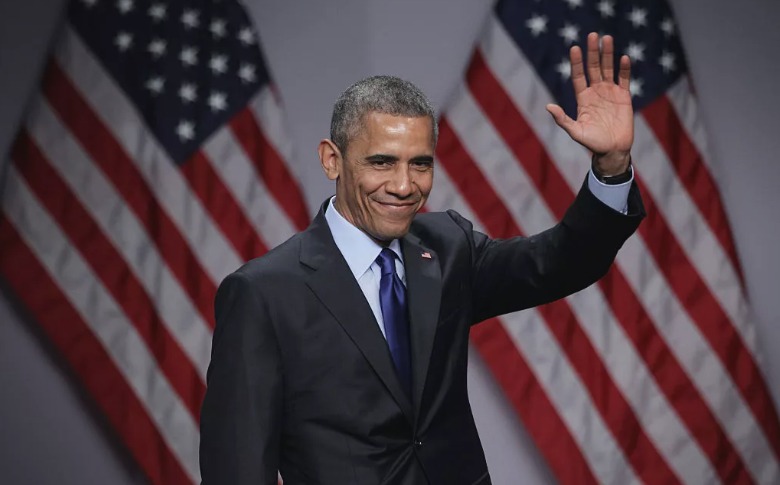Economic Recovery and Stimulus Package:
President Barack Obama inherited an economy in crisis when he took office in January 2009, in the midst of the Great Recession. One of his earliest acts was the passage of the American Recovery and Reinvestment Act (ARRA) in February 2009. This stimulus package aimed to revive economic growth, create jobs, and stabilize financial markets. It included investments in infrastructure, education, healthcare, and renewable energy, as well as tax cuts for individuals and businesses. While the effectiveness of the stimulus remains a topic of debate, many economists credit it with averting a deeper recession and laying the groundwork for economic recovery.
Healthcare Reform:
The Affordable Care Act (ACA), also known as Obamacare, was a landmark piece of legislation signed into law by President Obama in March 2010. The ACA aimed to expand access to healthcare coverage, control healthcare costs, and improve the quality of care. Key provisions of the ACA included the establishment of health insurance marketplaces, subsidies to help individuals afford coverage, Medicaid expansion, and protections for individuals with pre-existing conditions. While the ACA has faced legal challenges and political opposition, it significantly reduced the uninsured rate and has become a cornerstone of American healthcare policy.
Climate Change and Environmental Policy:
The Obama administration prioritized addressing climate change and promoting clean energy. In 2015, the United States joined nearly 200 other countries in signing the Paris Agreement, which aimed to limit global warming to well below 2 degrees Celsius. The administration also took steps to reduce greenhouse gas emissions, increase fuel efficiency standards for vehicles, and promote renewable energy sources such as wind and solar power. Additionally, President Obama established new environmental regulations, including the Clean Power Plan, which aimed to reduce carbon emissions from power plants.
Foreign Policy and National Security:
The Obama administration faced numerous challenges on the international front, including wars in Iraq and Afghanistan, the rise of ISIS, and tensions with Russia and China. One of the administration’s key foreign policy achievements was the negotiation of the Iran nuclear deal in 2015. The agreement aimed to prevent Iran from obtaining nuclear weapons in exchange for sanctions relief. However, the deal remained controversial, with critics arguing that it did not go far enough in curbing Iran’s nuclear ambitions.
In addition to the Iran deal, the Obama administration prioritized counterterrorism efforts, including the operation that led to the killing of Osama bin Laden in 2011. The administration also sought to pivot towards Asia, rebalancing U.S. foreign policy towards the Asia-Pacific region to counter China’s growing influence.
Social and Civil Rights:
President Obama’s tenure saw advancements in social and civil rights, including the legalization of same-sex marriage nationwide in 2015. The administration also took steps to address criminal justice reform, including efforts to reduce mandatory minimum sentences for nonviolent drug offenses and promote alternatives to incarceration. Additionally, President Obama signed the Lilly Ledbetter Fair Pay Act, which aimed to address gender pay disparities by extending the statute of limitations for filing pay discrimination claims.
Conclusion:
The Obama administration leaves behind a complex and multifaceted legacy, characterized by efforts to address the challenges of the day while advancing progressive policies on issues ranging from healthcare to climate change to civil rights. While the administration faced criticism and encountered obstacles along the way, its achievements have left a lasting impact on American society and politics, shaping the trajectory of the nation for years to come.


